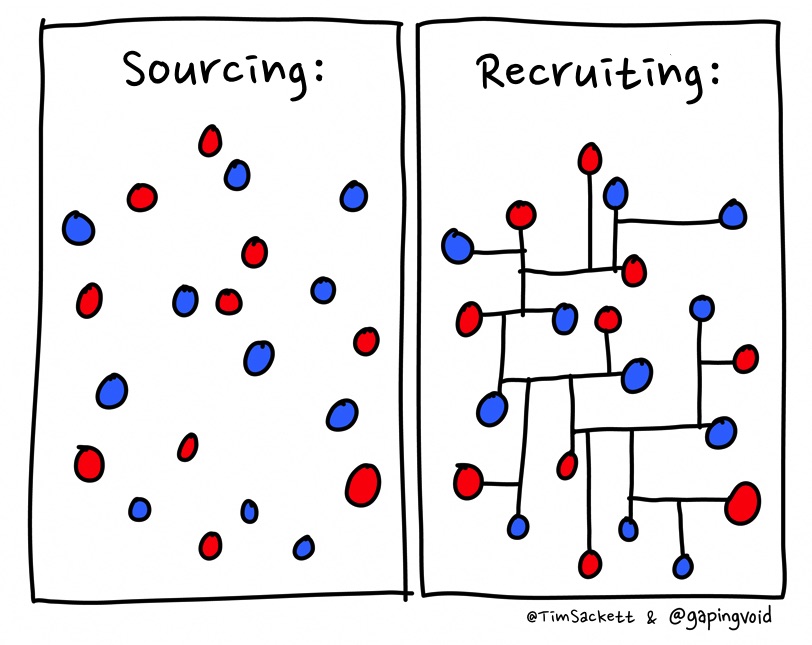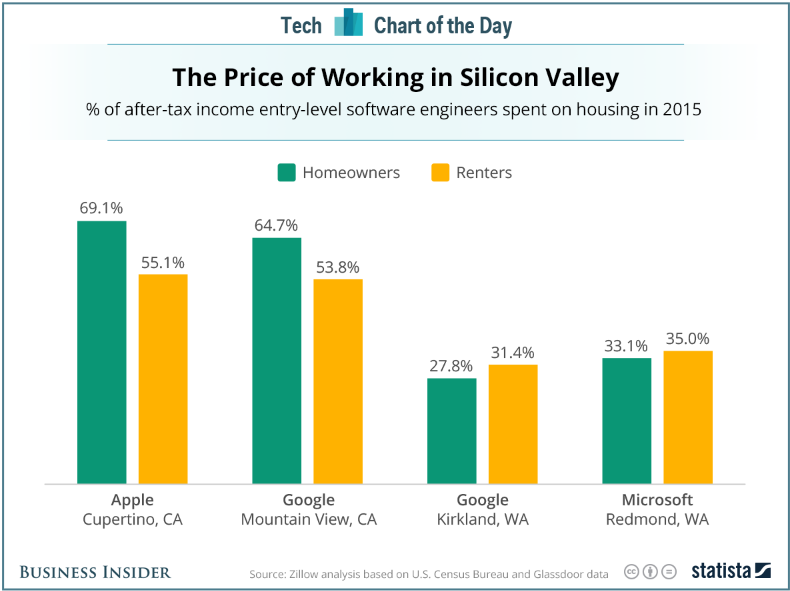This week on T3 I review the HR technology play named Textio. Textio is a platform that optimizes your job ads and candidate emails in seconds so you can hire better candidates faster.
Textio shows you how your job listings and candidate emails will perform before you’ve even posted them. Will the role be popular among qualified job seekers? Will it fill quickly? How gender-biased is it? Our predictive models give you analytics and feedback right as you’re typing.
Textio is like a very smart word processor. You type, edit, format, copy, and paste, just like you would in any other word processor. You’ll know how to use it immediately. But Textio does something else: as you edit, it predicts how successful your job listing or candidate email is going to be and helps you make it better.
Textio analyzed job text and outcomes data using listings from tens of thousands of companies. They look at which jobs fill the most quickly and generate the most applicant interest. Where companies choose to share additional data with Textio, they also consider candidate demographics and how many among a job’s applicants are strong enough to get called back.
5 Things I really liked about Textio:
1. Textio gives you a ‘score’ of the document you’re working on. They’ve been able to reduce time to fill by 20% when you get your job posting to 90, on a 100 point scale! That’s a huge drop in time to fill, for doing nothing more than using better (mathematically proven) language to describe your openings!
2. Textio instantly highlights your document and gives you better options to make your job postings and emails perform better from a candidate’s standpoint. They can also assist in making your job postings are not more male or female oriented based on the language you use. The platform will help you ensure you are demographically inclusive.
3. The big win is in job postings, but HR and TA can use this in all communications and documents. Even executives can use it to help their communications!
4. Textio helps point out some written language biases we all have. Not only does it help improve your communications, it helps you uncover some biases you probably don’t even know you have in your writing style. Excellent personal and professional development tool.
5. Built in machine learning works across your entire team to help build consistency in your communications and job postings, as well as the ability to share with each other.
Textio is just loaded with data that helps your organization better communicate. Their data shows that we all like bullets! Okay, I know you knew that, but did you know the sweet spot for bulleted content in your job postings is 1/3?! Probably not, or that if you have no bullets, men will rarely engage with your job postings? Or, if you have more than 50%, you’re less likely to get women? I have your interest now! It’s cool stuff!
14-day free trial to check out whether or not this would be helpful for you, an annual subscription is really reasonable. It would be worth one license in your shop just to get your job postings better! Check Textio out, definitely worth a look, I was really impressed.


